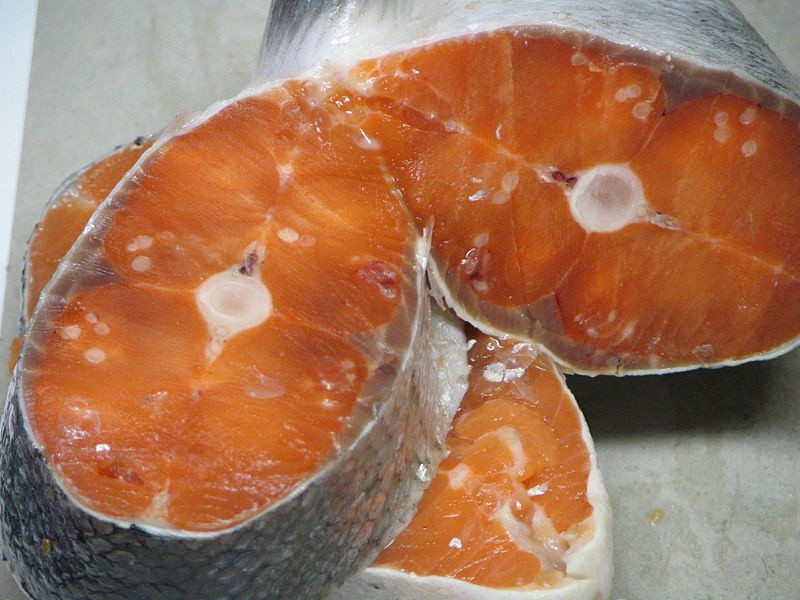Farming Atlantic salmon necessitates a large volume of wild-caught fish as feed, yet it only accounts for a small portion of the global farmed fish supply.

David F. Willer of the University of Cambridge and his colleagues published a study in PLOS Sustainability and Transformation on March 1 that suggests diverting wild-caught fish to human consumption rather than salmon farming could relieve pressure on fish stocks while increasing seafood production.
Aquaculture Demands

Aquaculture has grown in response to increased demand for fish. On the other hand, ninety percent of commercial fish feed is derived from human-edible fish like sardines and anchovies. To assess aquaculture's efficiency in terms of net nutrient generation, researchers used data from Scotland's farmed salmon production in 2014 to calculate the volume of micronutrients and wild fish retained by fish-fed farmed salmon.
They compared the volume of micronutrients utilized as aquaculture inputs to the nutrient outputs of salmon aquaculture. The researchers used this information to construct various seafood production scenarios to examine the possible sustainability advantages of alternative seafood systems.
Overfishing
In 2014, 460,000 tonnes of wild-caught fish were utilized to generate 179,000 tonnes of Scottish salmon, according to the researchers. Humans may eat Seventy-six percent of the wild-caught fish.
Volume Regulation

Multiple alternative seafood production strategies, according to the data, would be more efficient in terms of net nutrient production, reducing wild fish capture while boosting world seafood availability. These statistics, however, were only available for a single year (2014). Future research is needed to understand how a worldwide transition from farmed fish toward sustainable fisheries may be operationalized.
"Feed production now accounts for 90% of the environmental footprint of salmonid production," the authors write, "allowing salmonid production to expand further via its current approach will place exceptional stress on global fish stocks already at their limit."
Their findings suggest that limiting the volume of wild-caught fish used to produce farmed salmon feed may relieve pressure on wild fish stocks while increasing the supply of nutritious wild fish for human consumption.
Sustainable Seafood Initiative
Healthy seas are essential for the survival of billions of people and the stability of life on Earth. Overfishing has resulted in the extinction of many species and the collapse of ecosystems. The most practical method to enhance the health of our oceans is to switch to plant-based, cultured, and fermentation-derived seafood.
Alternative seafood does not become reliant on the productivity of wild populations or geographic concerns. Alternative protein supply chains and raw materials are much less limited than traditional seafood supply networks, allowing constant plant-based and grown seafood production.
"Nutritious fish populations are being wasted by salmon farming," the authors write, "and scientists have discovered that consuming wild-caught fish slated for salmon farms will allow approximately 4 million tons of fish to be left in the sea while supplying an additional 6 million tons of seafood."
Read also: Real Extent of Overfishing: How this Disruptive Behavior Can Cause Irreversible Destruction
For more news update about Environmental Action, don't forget to follow Nature World News!
© 2025 NatureWorldNews.com All rights reserved. Do not reproduce without permission.




